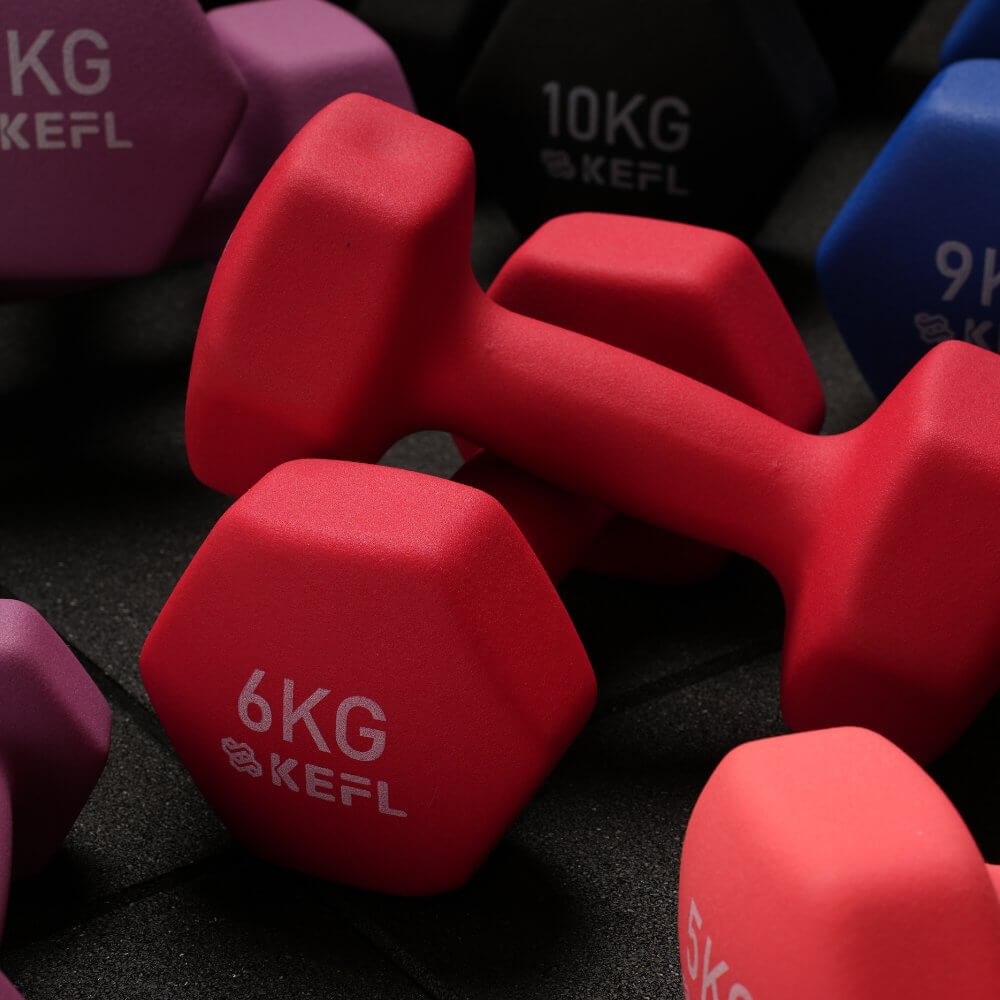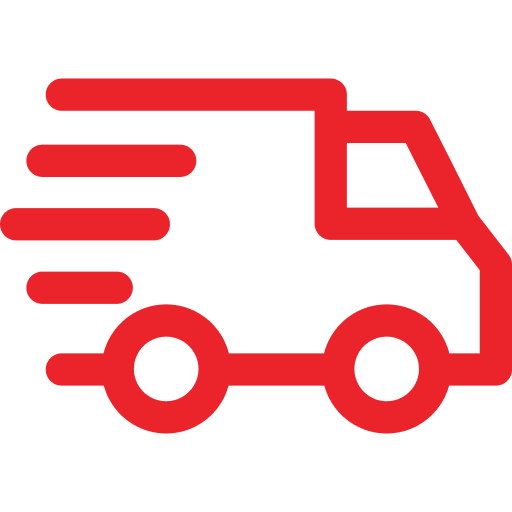Starting your fitness journey can be exciting yet overwhelming, especially when faced with an extensive selection of gym equipment.
As a beginner, it’s important to invest in the right tools to build a strong foundation for your workouts. Whether you’re setting up a home gym or preparing to use a commercial gym, having the right equipment ensures effective training, helps prevent injuries, and keeps you motivated.
In this guide, we’ll break down the top 10 essential gym equipment for beginners, helping you create a well-rounded fitness routine that targets all major muscle groups.
1. Dumbbells – A Must-Have for Strength Training
Why Dumbbells?
Dumbbells are one of the most versatile pieces of gym equipment.
They allow you to perform a variety of exercises targeting different muscle groups, making them essential for beginners.
How to Use Them:
- Start with light dumbbells (2.5kg–5kg) to master proper form.
- Perform compound exercises like dumbbell squats, lunges, and shoulder presses.
- Consider adjustable dumbbells to save space and gradually increase resistance as you progress.
2. Resistance Bands – Versatile and Beginner-Friendly
Why Resistance Bands?
Resistance bands are an excellent low-impact option for beginners, allowing for progressive resistance training without heavy weights.
How to Use Them:
- Use bands for strength training, warm-ups, and stretching.
- Ideal for rehabilitation exercises and joint-friendly movements.
- Available in various resistance levels, making them perfect for gradual progression.
3. Yoga Mat – Essential for Comfort and Support
Why a Yoga Mat?
A good-quality yoga mat provides cushioning and support for floor-based exercises, reducing strain on your joints and back.
How to Use It:
- Ideal for yoga, Pilates, and stretching routines.
- Provides stability for bodyweight exercises like planks and sit-ups.
- Ensures hygiene and grip when working out on hard surfaces.
4. Stability Ball – Improve Core Strength and Balance
Why a Stability Ball?
Stability balls help improve core strength, flexibility, and balance by engaging stabilizing muscles.
How to Use It:
- Use for core workouts like crunches, planks, and rollouts.
- Incorporate into strength training by using it as a bench alternative.
- Helps improve posture and stability during exercises.
5. Jump Rope – A Compact Cardio Powerhouse
Why a Jump Rope?
Jump ropes offer a quick and effective cardio workout, helping to improve coordination, endurance, and agility.
How to Use It:
- Start with short intervals (30–60 seconds) and gradually increase.
- Combine jump rope workouts with strength training for a full-body burn.
- Portable and easy to use anywhere for a convenient workout option.
6. Kettlebells – Full-Body Strength and Conditioning
Why Kettlebells?
Kettlebells are great for building strength, endurance, and power through dynamic, full-body movements.
How to Use Them:
- Perform swings, goblet squats, and deadlifts to build lower body strength.
- Use for upper body movements like kettlebell presses and rows.
- Helps develop functional strength and grip endurance.
7. Foam Roller – Essential for Muscle Recovery
Why a Foam Roller?
A foam roller aids in muscle recovery, improves circulation, and reduces soreness after workouts.
How to Use It:
- Roll over sore muscles for self-myofascial release.
- Use pre- or post-workout to improve flexibility and reduce tension.
- Helps prevent injuries by breaking down tight muscle knots.
8. Pull-Up Bar – Upper Body Strength Builder
Why a Pull-Up Bar?
A pull-up bar is an excellent tool for developing upper body strength, particularly targeting the back, shoulders, and arms.
How to Use It:
- Perform pull-ups and chin-ups to build back and bicep strength.
- Try hanging leg raises for core development.
- Can be installed in a doorway for space-saving convenience.
9. Medicine Ball – Versatile for Strength and Power
Why a Medicine Ball?
A medicine ball adds an explosive element to your workouts, making it great for functional fitness and power training.
How to Use It:
- Perform medicine ball slams for full-body power.
- Use for core exercises like Russian twists.
- Ideal for partner workouts or circuit training.
10. Fitness Tracker – Monitor Progress and Stay Motivated
Why a Fitness Tracker?
Tracking your progress is key to staying motivated and reaching your fitness goals. A fitness tracker helps you monitor key metrics such as:
- Steps taken and calories burned.
- Heart rate and workout intensity.
- Sleep patterns and recovery data.
How to Use It:
- Set daily step and activity goals to stay consistent.
- Monitor your heart rate during workouts to optimize training.
- Use data insights to adjust your fitness plan as needed.
Conclusion: Build Your Beginner-Friendly Gym Setup
Starting your fitness journey doesn’t require an overwhelming amount of equipment.
By focusing on these 10 essential gym tools, you can create a well-rounded routine that includes strength training, cardio, flexibility, and recovery.
Each of these pieces of equipment is affordable, easy to use, and effective for beginners.
Whether you’re setting up a home gym or getting comfortable with gym workouts, these essentials will help you stay on track and achieve your fitness goals.
So, grab your gear, set your goals, and start your fitness journey today!





